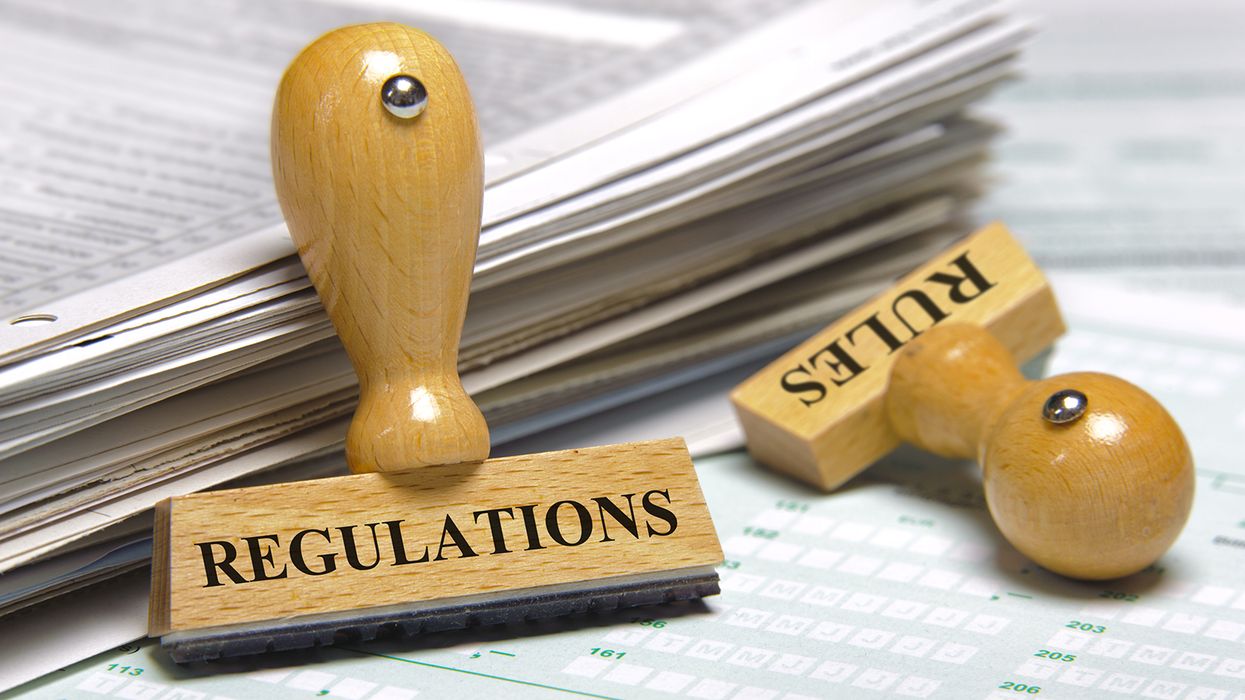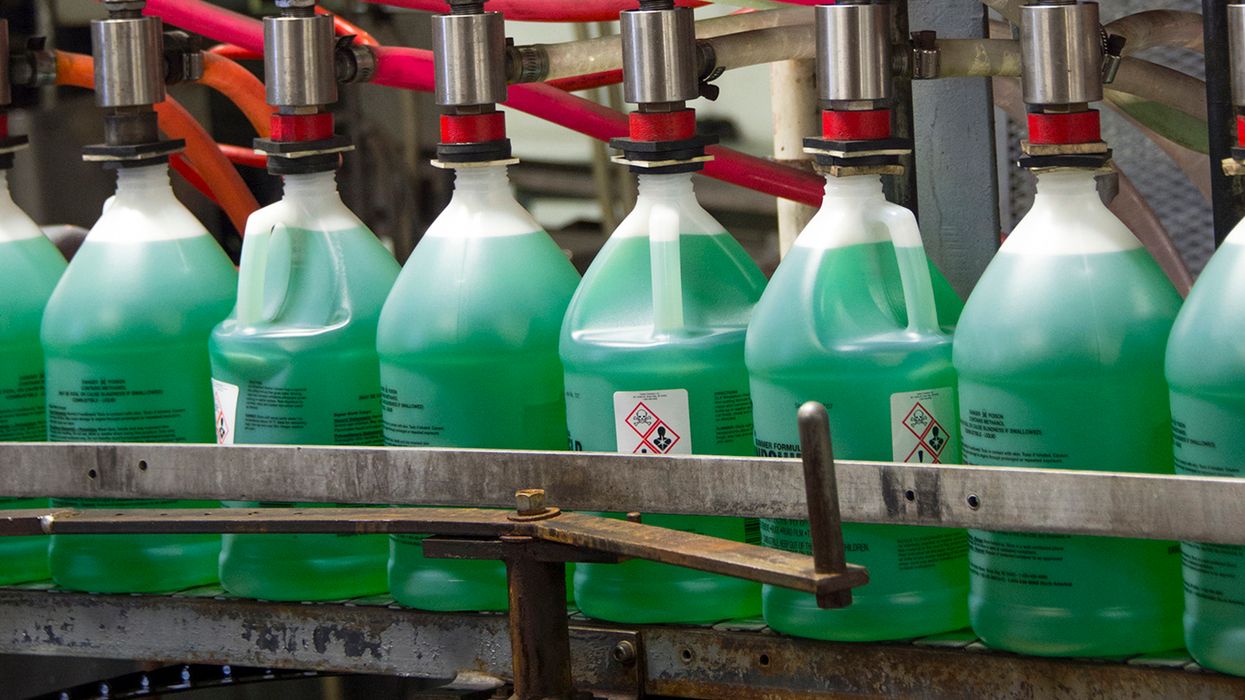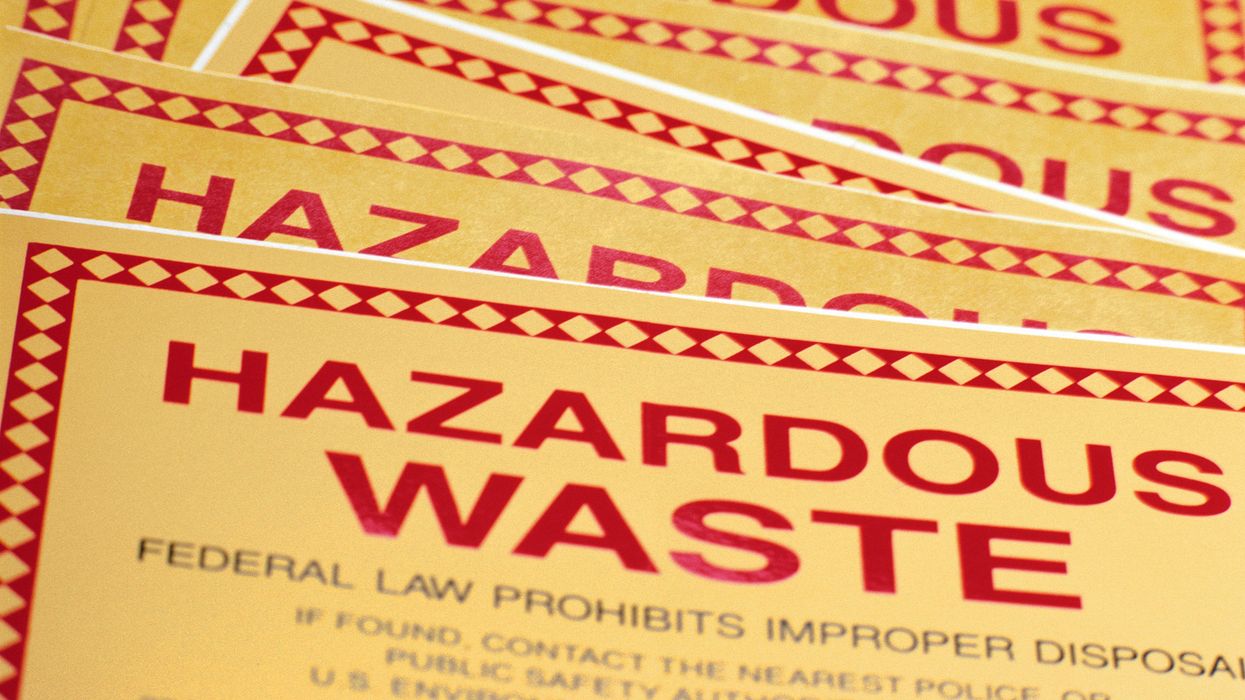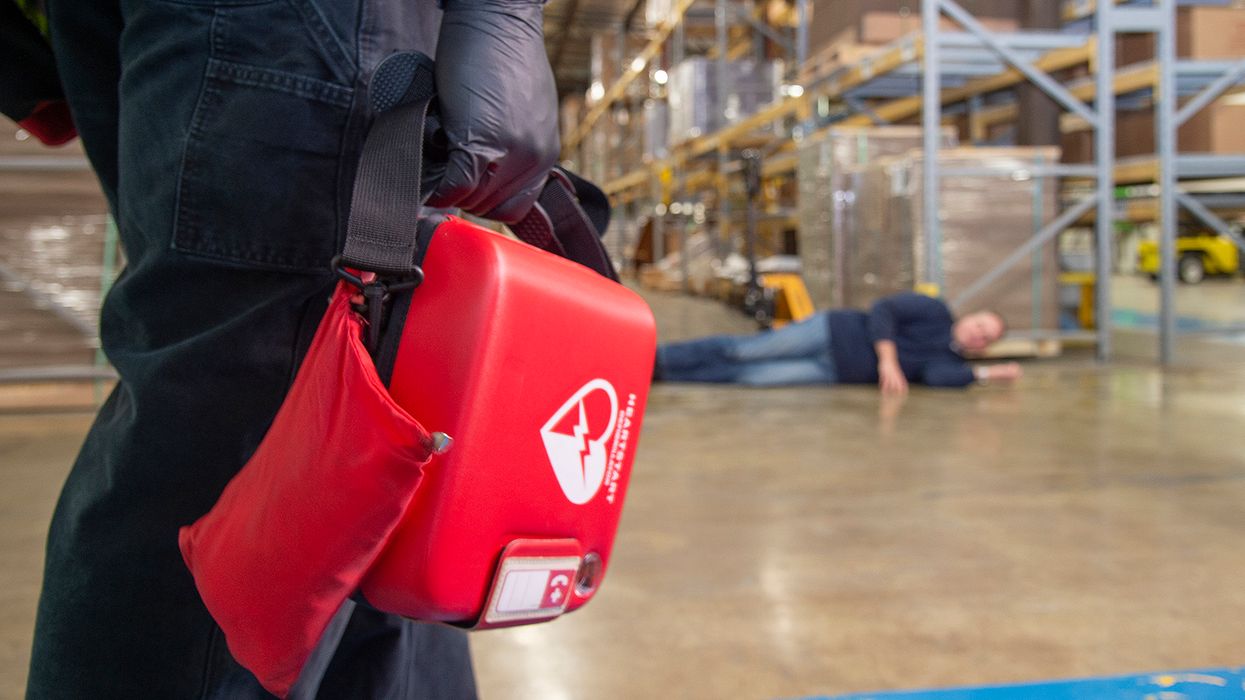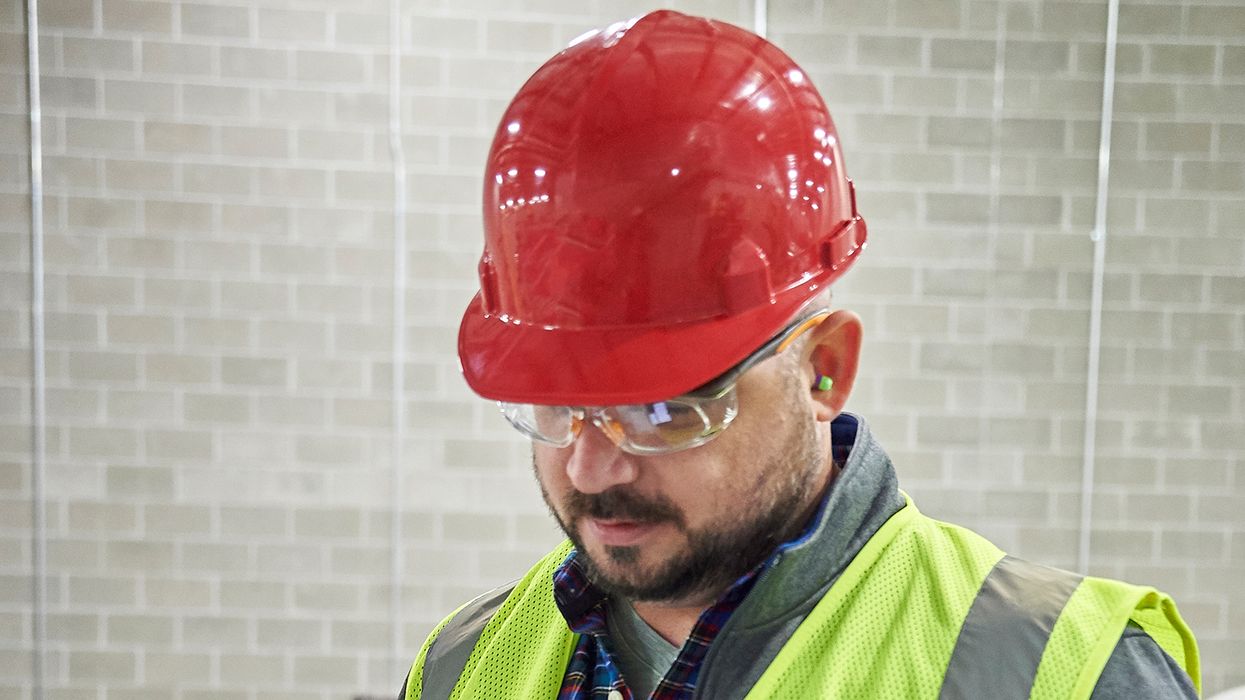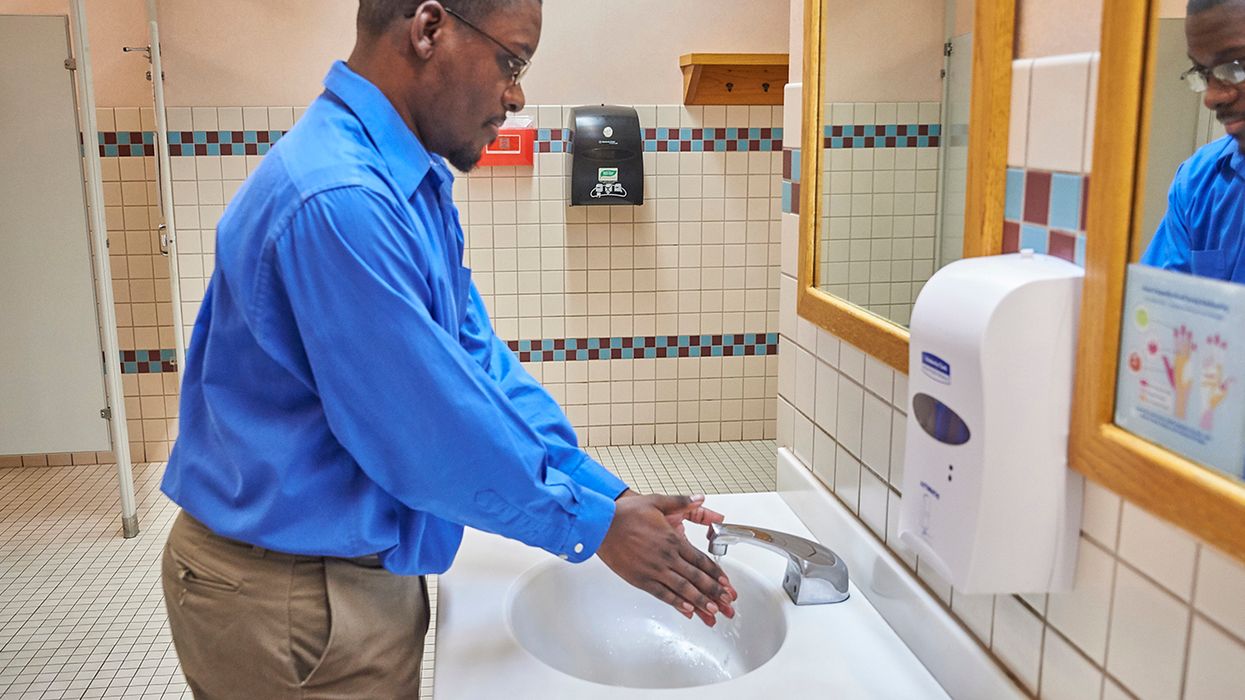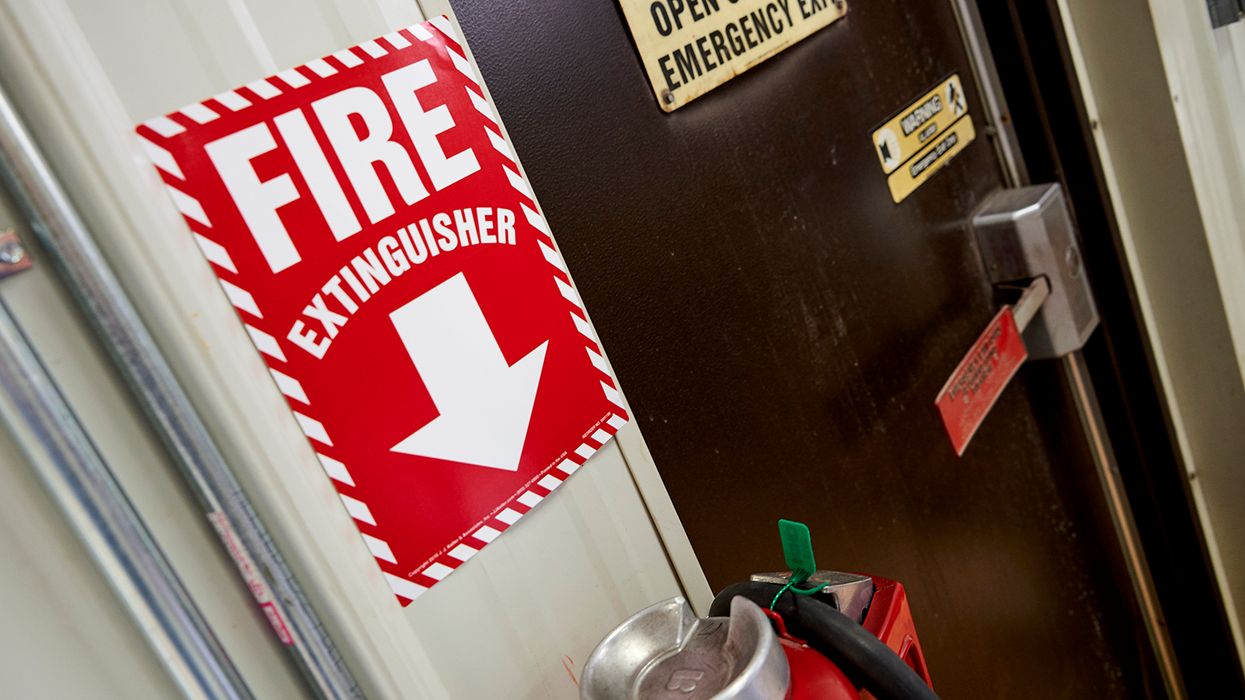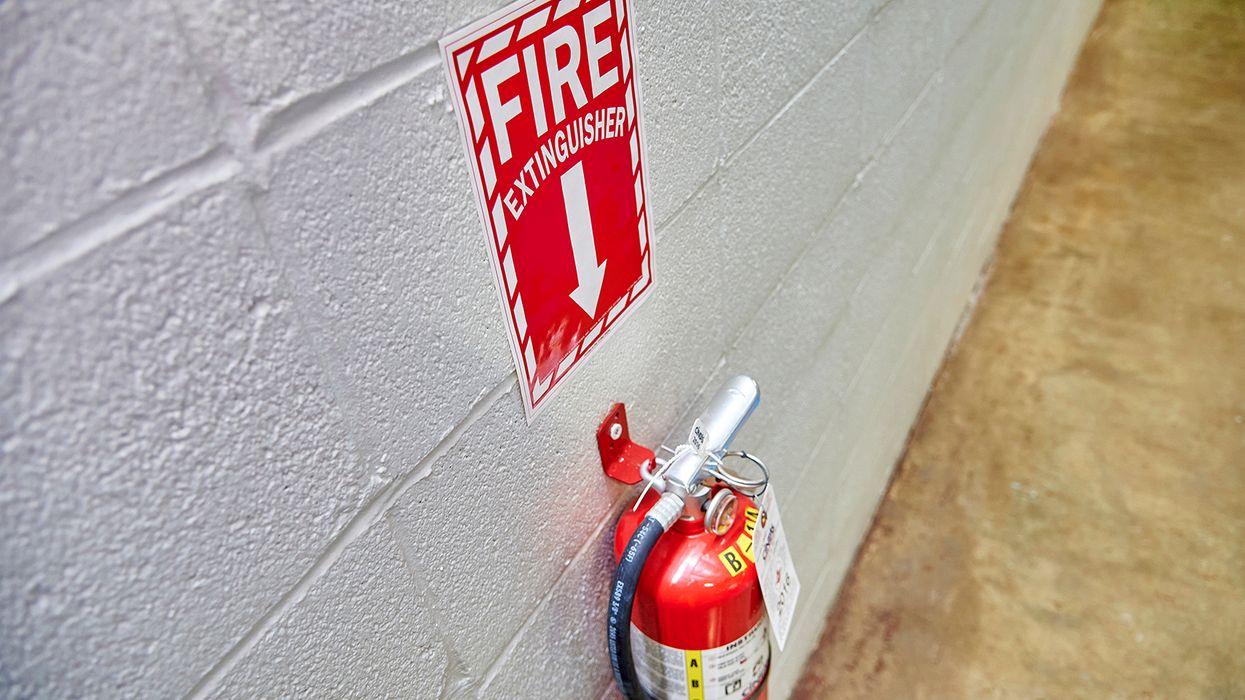Recertifications are your friends
Administering leave under the federal Family and Medical Leave Act (FMLA) has historically been challenging. It requires strong communication between employees, employers, and healthcare providers, the crux of which is usually the certification.
Employers may require employees to provide a certification supporting their need for leave for medical reasons or military qualifying exigencies. They may also require employees to provide a recertification at certain times and in certain situations. Those recertifications can be a leave administrator’s friend when it comes to staying on top of an employee’s leave situation.
An employee’s leave situation can change; leave administrators should know about such changes. Otherwise, they might incorrectly manage an employee’s leave.
When employers may ask
Employers may ask for a recertification no more often than every 30 days in relation to an absence. If, however, the initial certification indicated a minimum duration of the condition, employers have to wait until that minimum duration is over.
Sometimes, that minimum duration is a lifetime. Employers may, then, ask for a recertification in six months.
No need to wait
Employers don’t have to wait the 30 days, minimum duration, or six months in certain situations:
- The employee asks for an extension of leave. If, for example, an employee’s certification indicates that the employee needs four weeks of leave, but in week three, the employee says he needs another week.
- Circumstances described by the previous certification have changed significantly (e.g., the duration or frequency of the absence, the nature or severity of the illness, complications). If, for example, the employee’s certification indicates that the employee needs leave one to two days when they suffered a migraine headache, and their absences for the last two migraines lasted four days each, then the increased duration of absence might constitute a significant change in circumstances allowing the employer to request a recertification in less than 30 days. Likewise, if an employee had a pattern of using unscheduled FMLA leave for migraines in conjunction with his or her scheduled days off, then the timing of the absences also might constitute a notable change in circumstances sufficient for an employer to request a recertification more frequently than every 30 days.
- The employer receives information that casts doubt on the employee’s stated reason for an absence. If, for example, an employee needs four weeks of leave for knee surgery, and the employer learns that the employee has been jet-skiing during the third week of leave, such information might be enough to cast doubt upon the certification’s continuing validity, allowing the employer to request a recertification in less than 30 days.
A new leave year
When a new 12-month leave year begins, employers may ask for a new/initial certification, but only after the employee puts them on notice of the need for leave for the first time in that new leave year.
Key to remember: Employers can make FMLA leave easier by asking for recertifications, but they must do so only when allowed.























